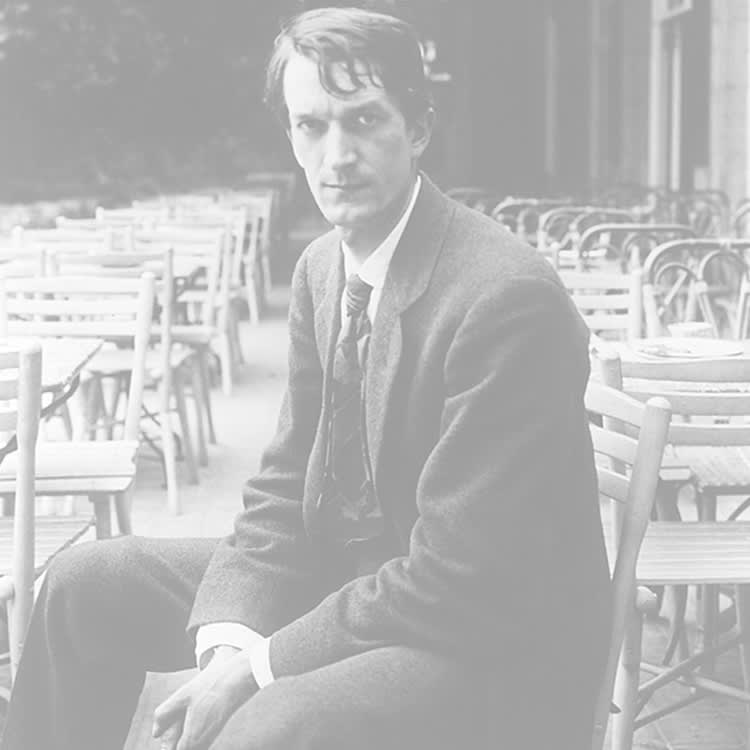REMBRANDT BUGATTI 1884-1916
Rembrandt Bugatti is a renowned sculptor, presented by HELENE BAILLY gallery, recognized for his naturalistic approach and expressive mastery of animal sculpture.
His work, imbued with realism and sensitivity, has left a lasting mark on modern sculpture, influencing generations of artists.
From an early age, Rembrandt Bugatti was an artist who worked with wood and metal, creating his first sculptures during family trips to the Italian mountains. Passionate about animals, he sculpted the creatures he observed using plastiline, particularly cows and other wild animals.
In 1903, his family moved to Paris, where he found endless inspiration observing the animals at the Ménagerie du Jardin des Plantes and the horse market. Despite being self-taught, he developed an exceptional mastery of animal anatomy, crafting an instinctive and expressive style based on freehand modeling, without preparatory sketches.
In 1904, his talent was quickly recognized: Adrien Aurélien Hébrard, founder of the Hébrard foundry, selected his works to inaugurate his Parisian gallery on Rue Royale. The exhibition was a resounding success, highly praised by critics, and cemented his place among the leading sculptors of his time.
From 1906 onwards, Rembrandt Bugatti was an artist who traveled across Europe, spending time in France, Germany, and Belgium, where he frequented national zoos, particularly the Antwerp Zoo. There, he studied and sculpted big cats, antelopes, giraffes, bears, and rhinoceroses, building a unique sculptural corpus dedicated to wild animals.
Alongside François Pompon, Rembrandt Bugatti was a pioneer in the revival of animal sculpture, capturing the movement and power of animals in bronze with remarkable precision and expression.

